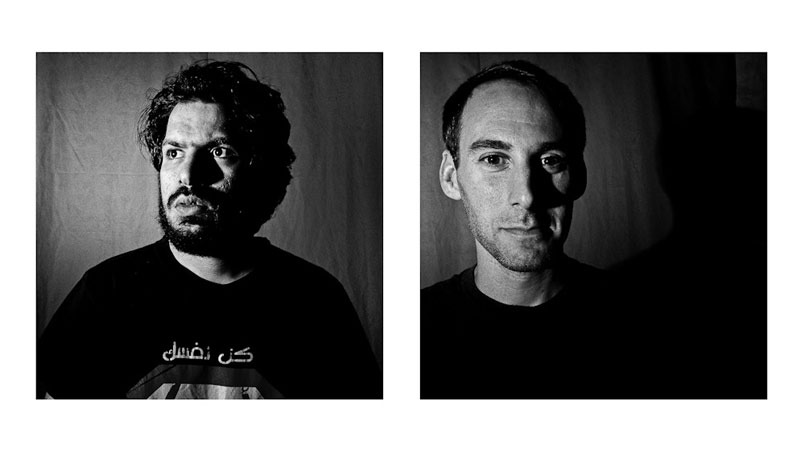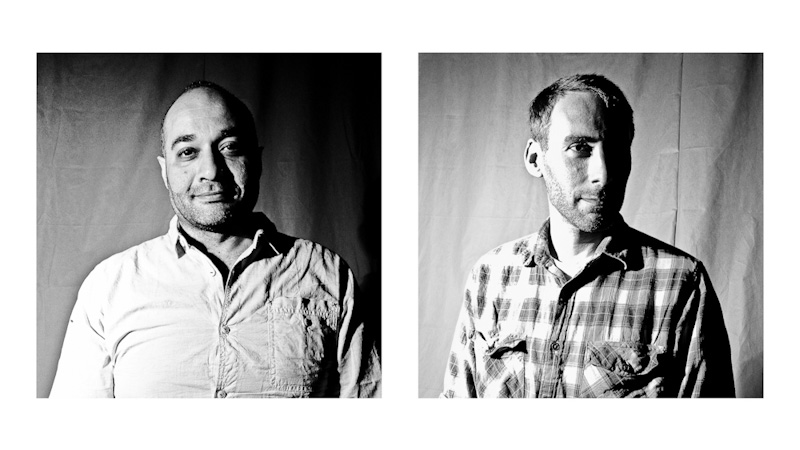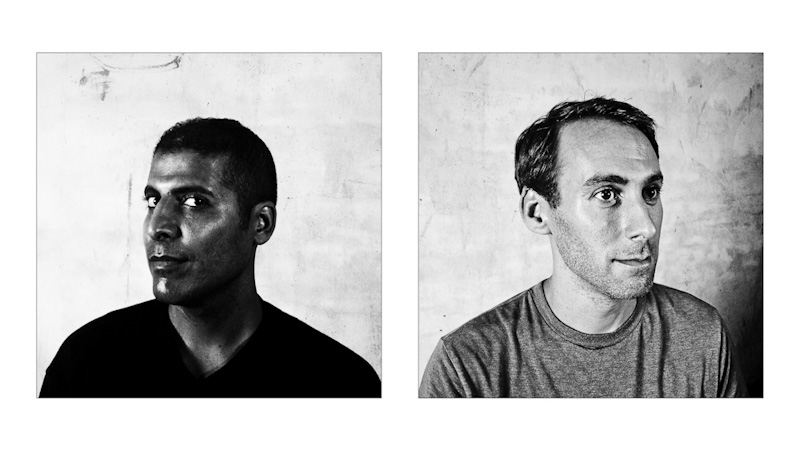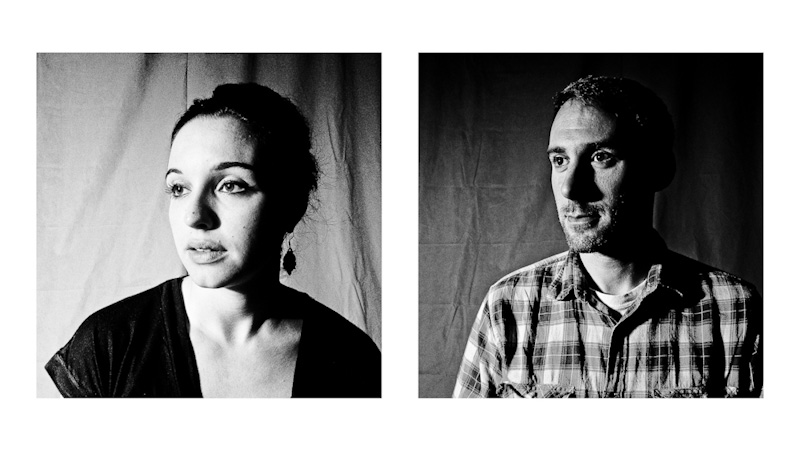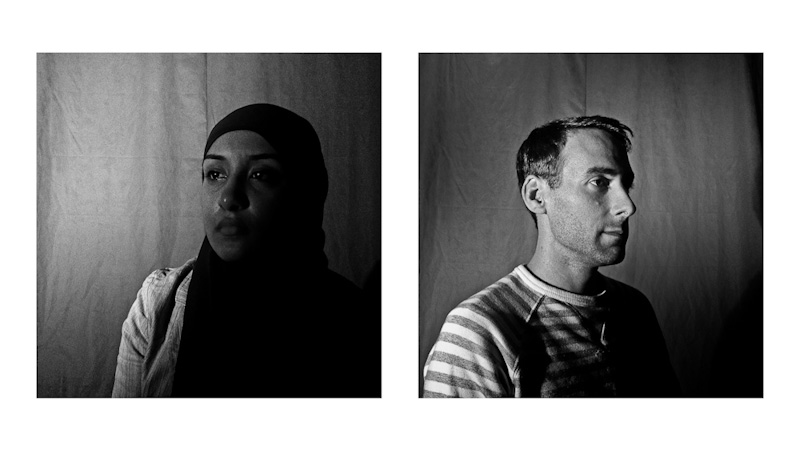Just because you own a smartphone does not mean you are a photographer.
Not everyone who owns a kitchen knife is a chef, and just because you own a car, doesn’t mean you should be in the Indy 500.
I am no Chef Ramsey or Mario Andretti. I am however a professional photographer. I live in Cairo, where I work as a freelance photographer and adjunct professor of photography.
Activist Ahmed Elhawary
For the past four years I have been using my iPhone camera as a means to allow me to never stop taking photographs. I have had images produced using my iPhone shown in several exhibitions. While this particular camera has served me well in some ways there are major limitations to its capabilities.
However, when used in the right context the barrier between photographer and subject can begin to fall down. Knowing the right tool to use at the right time can often yield interesting results.
Such was the case with this iPhone portraiture project Double Vision. In this project I used a formal studio environment to experiment with using the mobile phone camera as a way to try and engage the public with a less intimidating process. Yes there were lights and a backdrop. But beyond this, it was just me and my mobile phone camera on a tripod. No big equipment to possibly get in the way.
The process I used for Double Vision was based on an experimental idea. I would first photograph the subject (friends, strangers, etc). And then, after a basic lesson in lighting and composition, they would photograph me. Using the mobile phone was a bit of a shock for most people — as most didn’t equate the common mobile phone camera with a professional photographer.
Photographer Mohamed Elmaymony
Overall, It was a lot of fun for them to feel like they too could get into the process of making a proper portrait. The end result of the project turned into a series of diptychs from each portrait session.
I learned a few lessons in the process:
First, never stop experimenting.
Second, there are serious technical limitations to using a smartphone in a professional photographic environment.
Third, it reiterated the point, that when working with the subject it is vital to show vulnerability.
And herein lies the biggest lesson of all:
No matter what the camera or setting the best images come from honest intentions and willingness to fail in the process of trying to move an idea forward from thought into action.
NGO Advisor Danielle Frugler
Artist Zeina Aly
Artist Omneia Naguib



